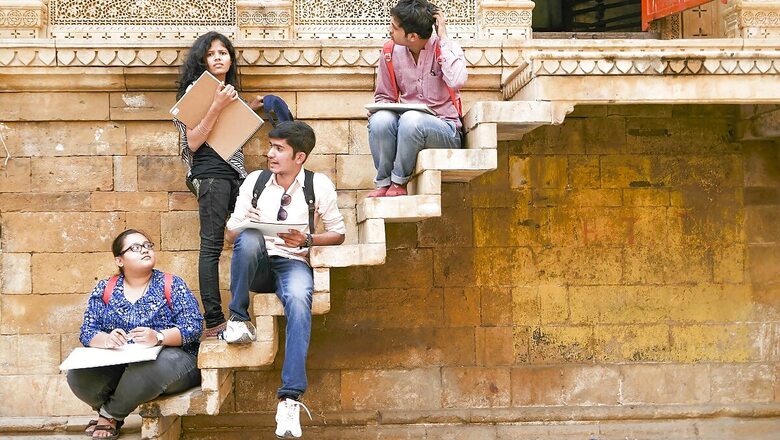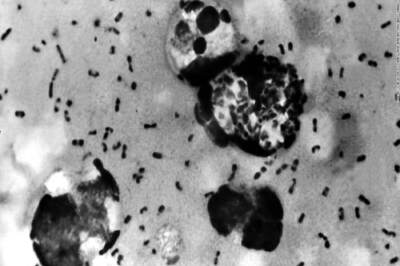
views
Discussions are on to form an interdisciplinary model of education where even the IITs — the premier engineering institutes — will offer courses in fine arts, said a member of the parliamentary panel formed to suggest reforms in arts education in India. This is the first time since 1992 that a parliamentary panel on education is discussing art education.
The panel has formed three sub-groups to visit institutions of fine arts and culture and prepare a status report within two months. These sub-groups will take stock of education pertaining to fine arts, performing arts, and culture.
The discussion is in line with the interdisciplinary approach highlighted in the New Education Policy (NEP) 2020. The meeting was held in two parts, on Tuesday the issue of cultural education was also discussed.
A source in the panel told News18.com, “There were two parts of discussion – one the committee discussed the programmes for Aganwadis and the children who lost their parents to Covid-19; in the second part of the meeting we talked about the reforms in fine arts. The topic was last brought up by the panel in 1992. After 90s, the panel discussed education in fine arts, performing arts, and cultural education for the first time.”
The source further added, “The discussion is just the beginning to work on the lines of liberal education and interdisciplinary approach highlighted in the NEP. It will take some more time and discussion to pursue a model where IITs can teach performing or fine arts as well.”
“We are interested to know the condition of fine arts, fine and cultural arts. We want to be satisfied with it, and also see what reforms are required, in addition to what attempts have been made by the institutes to enhance this stream. An inquiry will be made and a status report submitted in two months,” said the source present in the panel meeting.
The New Education Policy 2020 states, “Art-integration is a cross-curricular pedagogical approach that utilizes various aspects and forms of art and culture as the basis for learning of concepts across subjects. As a part of the thrust on experiential learning, art-integrated education will be embedded in classroom transactions not only for creating joyful classrooms but also for imbibing the Indian ethos through the integration of Indian art and culture in the teaching and learning process at every level.”
This art-integrated approach is expected to strengthen the linkages between education and culture.
For making the learning environment engaging the NEP outlines that each institution must integrate its academic plans ranging from curricular improvement to quality of classroom transaction – into its larger Institutional Development Plan (IDP).”
For this, each institution is expected to commit to the holistic development of students and create strong internal systems for supporting diverse student cohorts in academic and social domains both inside and outside formal academic interactions in the classroom.
With time cultural activities can be considered for incorporation into the curriculum with appropriate faculty expertise and in response to the demand developed.
Read all the Latest News, Breaking News and Coronavirus News here.




















Comments
0 comment